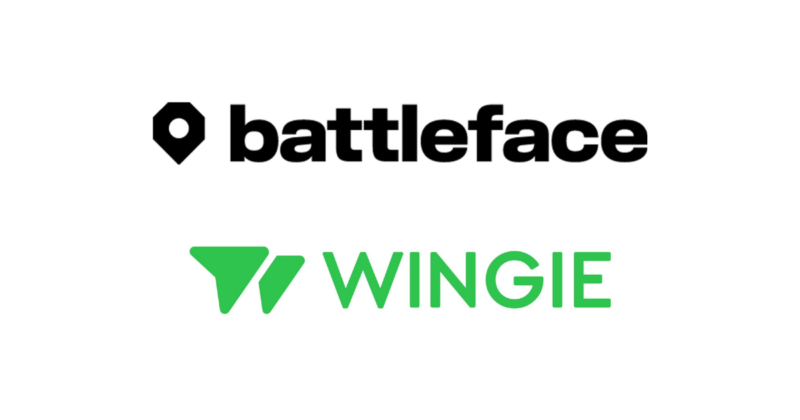
In the ever-evolving U.S. hotel industry, performance assessment and benchmarking has reached a critical juncture. Traditional methods, such as the basic RevPAR index, which once served as the gold standard, are no longer sufficient to capture today’s market complexities. It’s time for hoteliers to adopt a more comprehensive approach to performance benchmarking, one that leverages the wealth of data and advanced technology at our disposal.
The Pitfalls of a Narrow Perspective
For decades, the hotel industry has relied on a narrow “keyhole” view of the addressable market when assessing performance. This myopic approach, exemplified by RevPAR index, was adequate in the 1990s and early 2000s when the sources of business were limited. However, as the market has evolved and become more intricate, this method has become prone to generating false positives or negatives in evaluating a hotel’s true performance.
The problem lies in the inherent limitations of the basic RevPAR index. By focusing on a small set of competitors, typically five or six, hoteliers risk overlooking the broader demand dynamics at play in their market. This narrow perspective fails to account for the diverse range of rate categories and distribution channels that now influence a hotel’s performance. As a result, hoteliers may draw inaccurate conclusions about their property’s strengths and weaknesses, leading to misguided strategies and missed opportunities. It also leads to hotels pursuing “average” performance, as an index of 100 for one hotel indicates that it is performing at the same level as the average of its selected competitors’ performance.
Embracing a Holistic Approach
To overcome this challenge, hoteliers must adopt a more holistic approach to performance benchmarking. This involves leveraging the wealth of data and advanced technology available today to gain a comprehensive understanding of the addressable market. By casting a wider net and considering the full demand picture, hoteliers can make informed decisions based on a realistic assessment of their property’s performance.
One key aspect of this holistic approach is the use of an optimal business mix. This method identifies competitors across various rate categories and distribution channels, providing a more nuanced and accurate representation of the market. By benchmarking against a broader set of competitors, hoteliers can pinpoint specific areas where their property excels or lags behind. This enables targeted action planning and strategic adjustments.
This approach delivers surgical insights. Rather than relying on a one-size-fits-all metric, hoteliers can drill down into specific segments of their business and identify opportunities for improvement. For example, a property may discover that it is underperforming in a particular rate category or distribution channel compared to its competitors. Armed with this knowledge, the hotel can develop targeted strategies to enhance its performance in those specific areas. Information like this better supports deployment decisions, whether it is staff time or funds.
Harnessing Data and Technology
To fully embrace this comprehensive approach to performance benchmarking, hoteliers must leverage data and technology. Advanced analytics tools can help synthesize vast amounts of market data, providing actionable insights that inform strategic decision-making. By integrating data from various sources, such as historical performance, market trends, and competitor analysis, hoteliers can gain a holistic view of their property’s performance in the context of the broader market.
Moreover, technology enables hoteliers to monitor and adapt to market changes in real-time. By leveraging automated reporting and data visualization tools, hoteliers can quickly identify shifts in demand patterns and adjust their strategies accordingly. This agility is crucial in today’s dynamic market, where consumer preferences and booking behaviors evolve rapidly.
Next Steps
As the U.S. hotel industry navigates an increasingly complex market, it’s imperative for hoteliers to adopt a comprehensive approach to performance benchmarking. By moving beyond the limitations of the basic RevPAR index and embracing a holistic view of the addressable market, hoteliers can make informed decisions based on a realistic assessment of their property’s performance. Through the use of an optimal business mix, surgical insights, and advanced data and technology, hoteliers can develop targeted strategies that drive long-term success. It’s time to let go of the myopic “keyhole” view and embrace a more comprehensive perspective that reflects the intricacies of today’s hotel industry.
Ready to learn about how you can take advantage of a widened competitive view?





